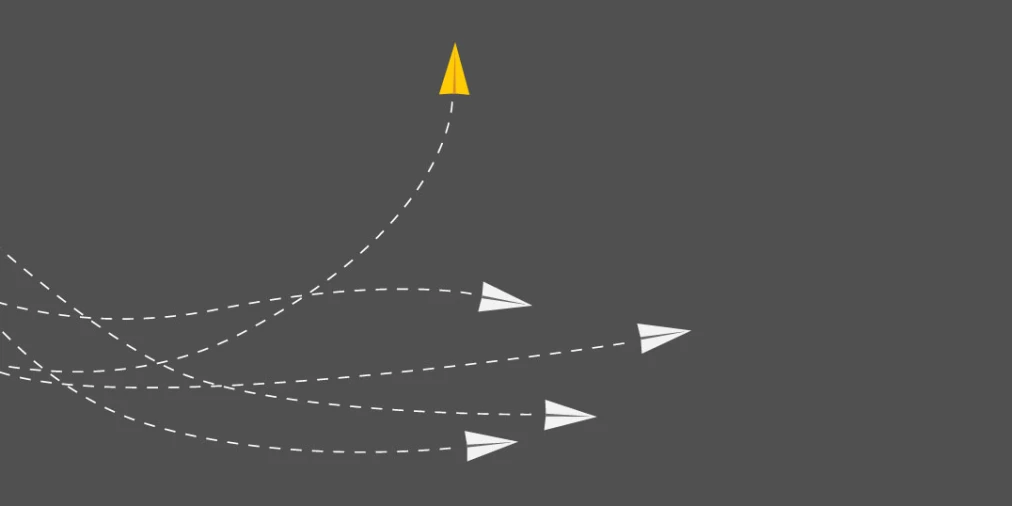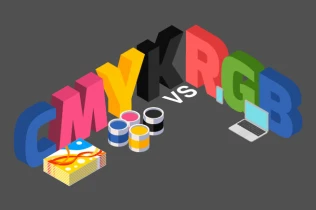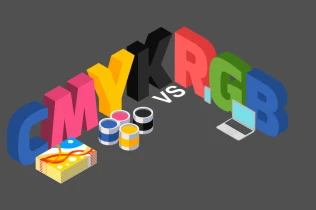Salvador Dali
To observers, Salvador Dali’s surrealist paintings are often like looking into a dream, which makes perfect sense considering the creative technique that the Spanish artist opted to employ. Dali was interested in how ideas formed in between the phases of sleeping and waking up. He would sit in a chair holding a spoon over a plate which lay on the floor. In a relaxed state, Dali would begin to fall asleep. As soon as he slipped into a slumber, the spoon would clatter against the plate, jolting Dali awake, after which he would quickly record what he saw.
Dali referred to his method as “slumber with a key”, and there’s certainly some science behind the approach. The hypnagogic state – the point in between waking and dreaming – is often where the imagination is at its most fluid and can therefore form links between unusual and unconnected concepts more freely. Hypnagogia is not everyone’s cup of tea, though – despite its ability to trigger vivid and imaginative ideas, it runs the risk of inducing disturbing hallucinations.







